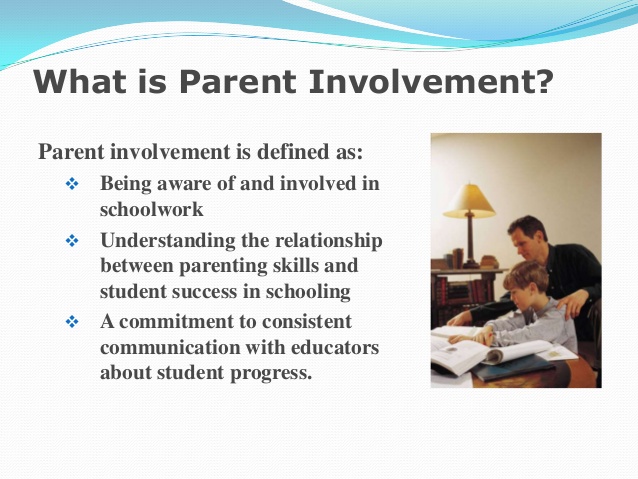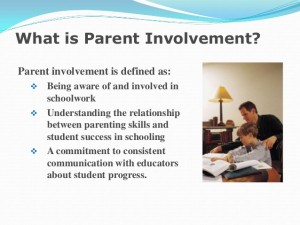Theories of Parental Involvement: The Concept of Parent Involvement. Some theoretical and empirical considerations
Defining PI
“Continuing research for my SLA project, I turn to a paper which gives a thorough review of the term Parental Involvement (PI) and the research undertaken to better understand and quantify it. The authors analyse twelve selected studies which use quantitative methods to measure PI. But with most studies producing differing outomces, it indidcates PI remaines a complex concept to define. For example, Desmoine (1999) defines PI as “a set of group-specific actions, beliefs and attitudes that serve as an operational factor in defining categorical differences among children and their parents from different racial-ethnic and economic backgrounds.” (p189). Although racial-ethnic factors may be of lesser concern here in China, economic advantage, or disadvantage, certainly is. So set-up and maintenance costs will be upmost in my mind as I consider the best way to facilitate parental involvement in my student’s language learning journey.


